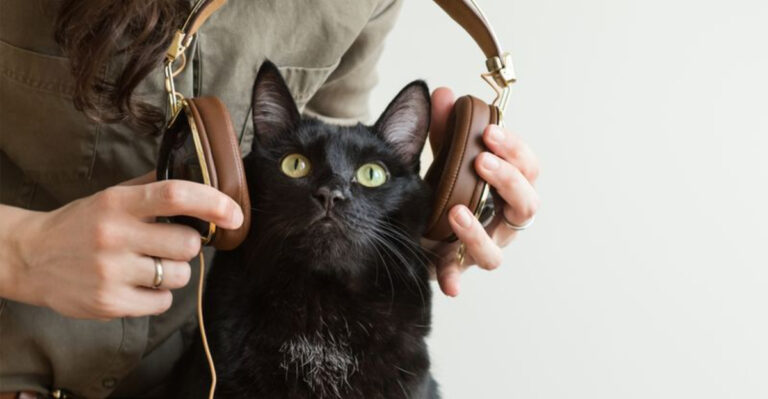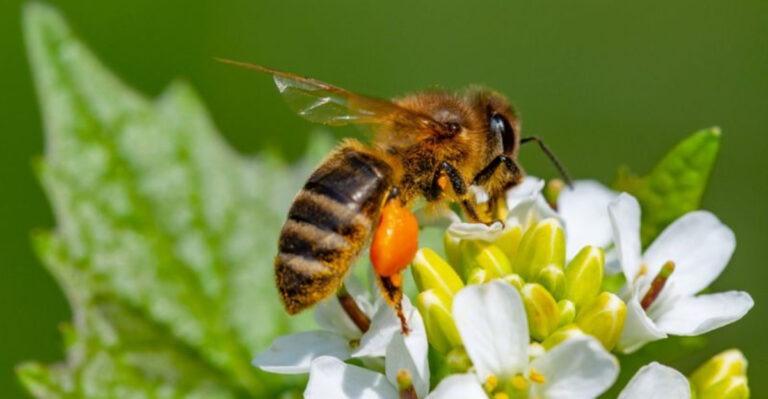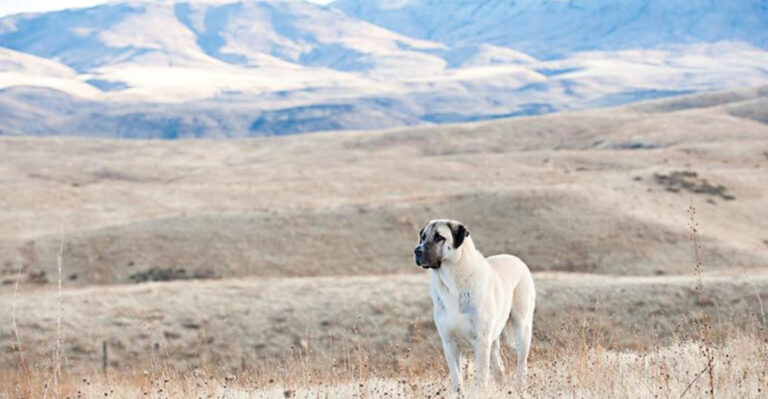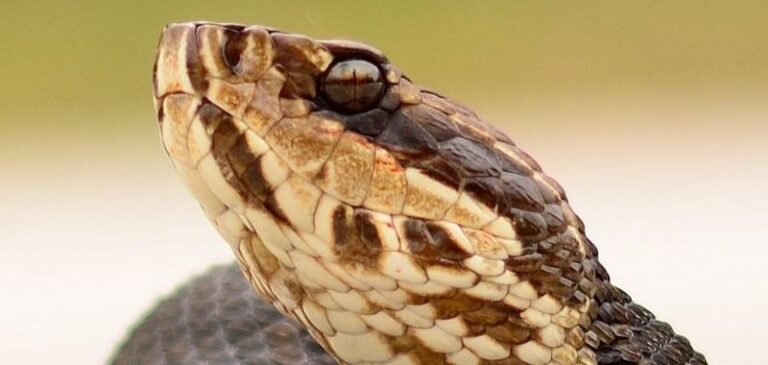7 Facts About Quokkas
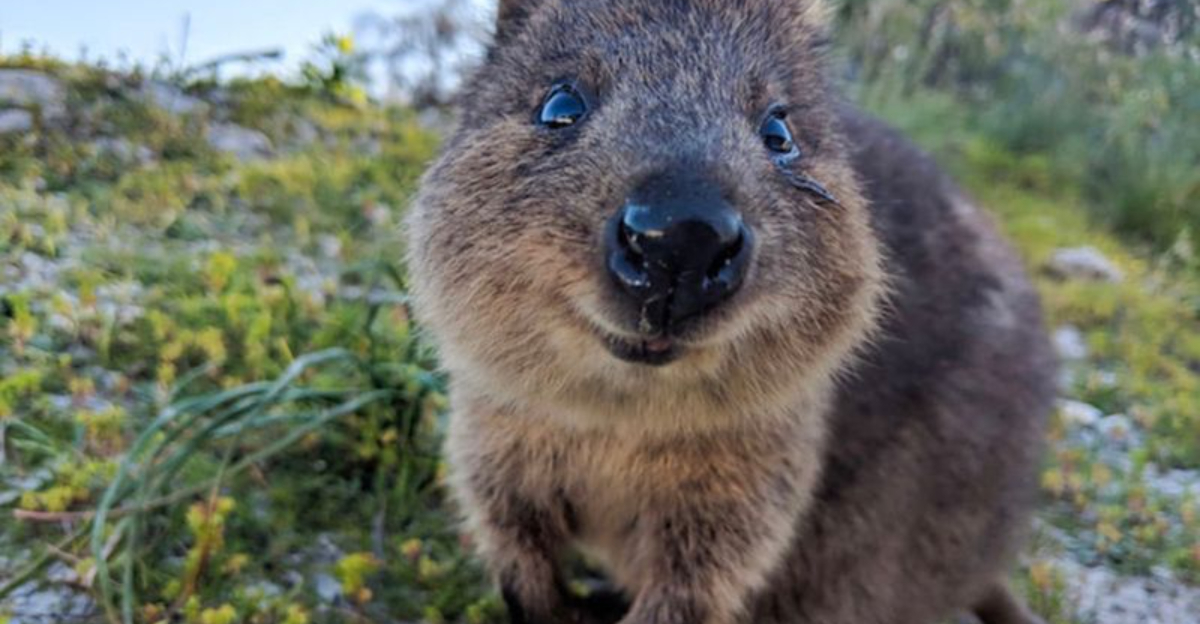
Quokkas are charming marsupials native to Australia, known for their friendly appearance and unique behaviors. Often referred to as the ‘world’s happiest animals’, these small creatures captivate the hearts of wildlife enthusiasts around the globe.
Despite their popularity, many fascinating aspects of their lives remain lesser-known. Today, we’ll explore intriguing facts about quokkas, shedding light on their habits, habitat, and more.
From their unusual diet to their social structures, each fact provides a deeper understanding of these delightful animals.
Whether you’re a seasoned wildlife lover or simply curious about these adorable creatures, there’s something here for everyone to discover and appreciate.
1. Quokkas’ Unique Diet
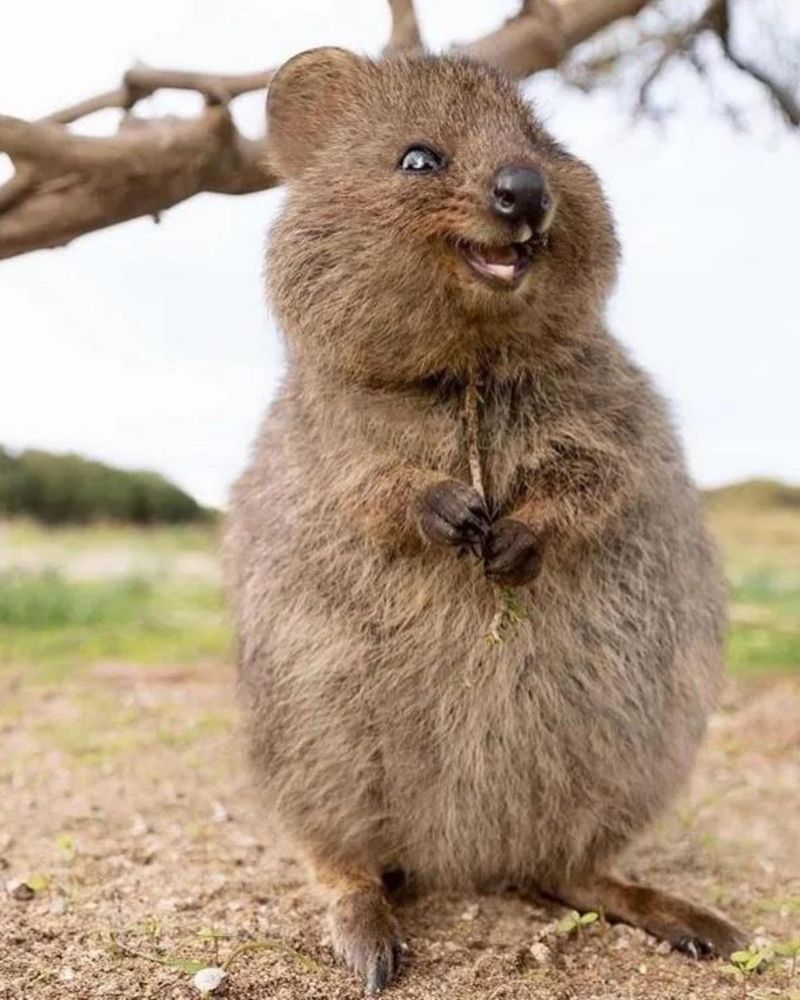
Quokkas have a unique dietary preference that primarily consists of various plants, including leaves, stems, and bark. They are herbivorous creatures, which means they rely on plant material for their nutritional needs. These animals are well-adapted to their natural habitat, where they find an abundant supply of vegetation.
Their diet plays an essential role in maintaining their energy levels and overall health. Quokkas have a particular fondness for certain types of plants, which they seek out in their environment. They are known to be selective eaters, often choosing the most nutritious parts of the plant.
In the wild, quokkas can sometimes be seen munching on flowers, which adds a delightful contrast to their usual diet of leaves and bark. This dietary diversity helps them adapt to different seasons and environmental conditions. By understanding their dietary habits, researchers can gain insight into their ecological role and how they contribute to the ecosystem.
2. Social Structures of Quokkas
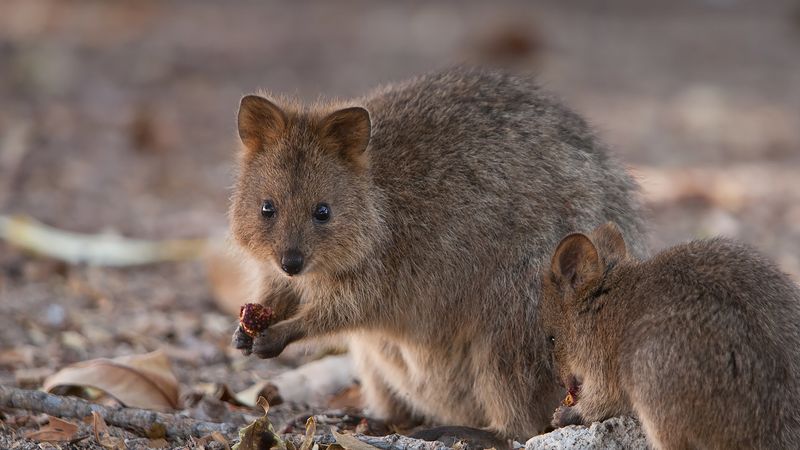
Quokkas are social animals that exhibit intriguing social structures within their groups. These marsupials often live in colonies, where they interact and communicate with one another in various ways. Social structures play a crucial role in their survival, as they provide protection and support in their natural habitat.
Within these colonies, quokkas are known to establish hierarchies, where dominant individuals often have priority access to resources like food and mating opportunities. This social organization helps maintain harmony within the group and ensures the survival of the species.
Communication among quokkas involves a range of vocalizations and physical gestures. These interactions are essential for coordinating group activities, such as feeding and protecting young ones. Understanding these social dynamics enriches our knowledge of quokka behavior and their complex social lives.
3. Quokka Reproduction and Care
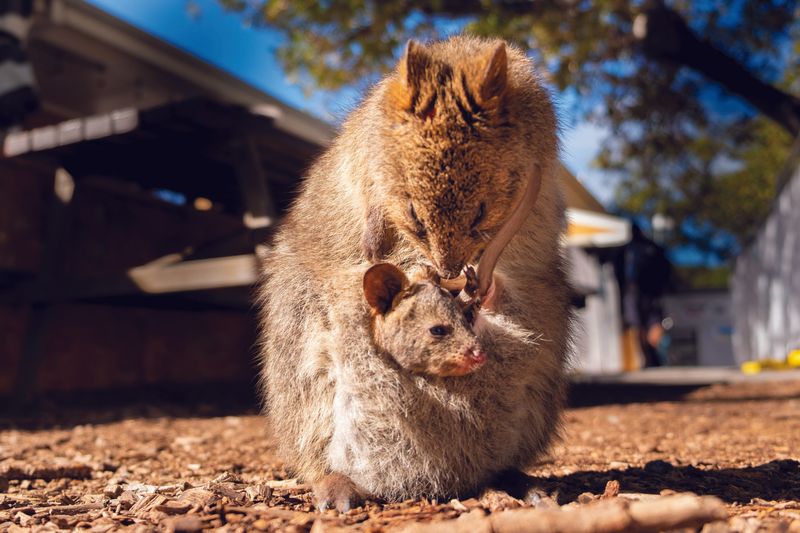
The reproduction and care of young quokkas are fascinating aspects of their life cycle. Female quokkas give birth to a single joey, which they carry in their pouch until it is old enough to venture out. This maternal care is critical for the survival and development of the young joey.
The gestation period for quokkas is relatively short, lasting about a month. After birth, the joey remains in the mother’s pouch for several months, where it receives nourishment and protection. This period of care allows the joey to grow and develop safely before exploring the outside world.
Once the joey leaves the pouch, it continues to stay close to its mother, learning essential survival skills. This bond between mother and joey is a crucial part of the young quokka’s upbringing, ensuring it is well-prepared for an independent life. Observing this nurturing process offers valuable insights into the reproductive strategies of marsupials.
4. Habitat and Distribution of Quokkas
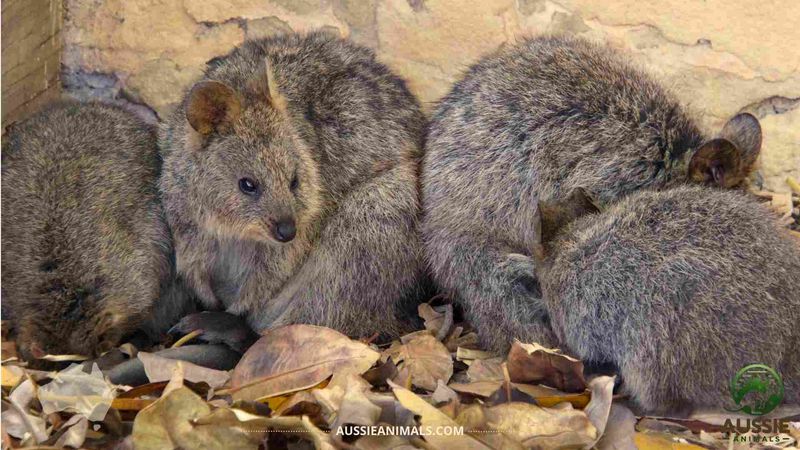
Quokkas inhabit a specific region in Australia, primarily found on Rottnest Island and some parts of the mainland. Their habitat is characterized by dense shrublands and eucalyptus forests, providing ample cover and food resources.
These marsupials thrive in environments where they can easily find shelter and sustenance. The unique vegetation of their habitat supports their dietary needs and offers protection from predators. This habitat selection is crucial for their survival, as it influences their population distribution and density.
Understanding the habitat and distribution of quokkas helps in conservation efforts, ensuring that these areas are protected and preserved. By studying their preferred environments, conservationists can implement strategies to maintain and restore these natural habitats, supporting the long-term survival of quokka populations.
5. Quokkas’ Friendly Appearance
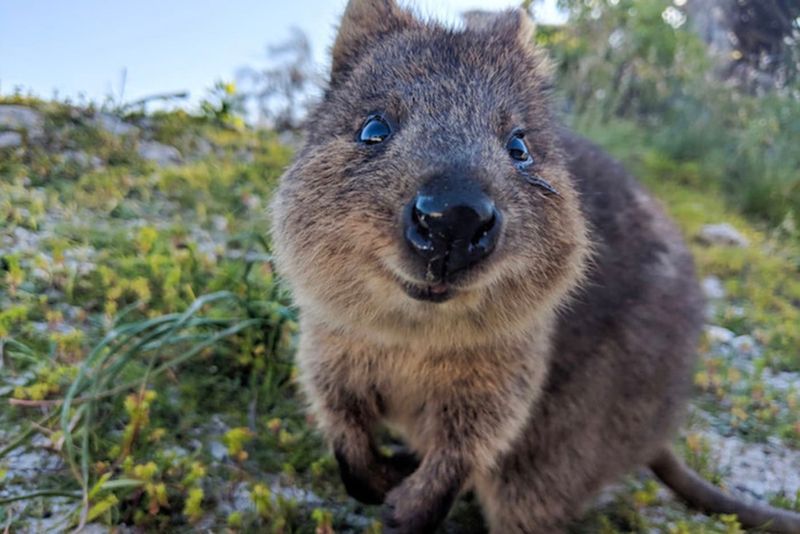
Quokkas are often celebrated for their friendly and approachable appearance, earning them the nickname ‘world’s happiest animals.’ Their facial structure naturally creates a ‘smiling’ expression, making them a favorite among wildlife photographers and tourists alike.
This endearing appearance has contributed to their popularity on social media, where photos of quokkas have gone viral. Many visitors to Rottnest Island hope to capture a selfie with these charming creatures, adding to their widespread appeal.
While their appearance may suggest friendliness, it’s essential to remember that quokkas are wild animals and should be treated with respect. Observing them from a distance and not feeding them ensures their safety and well-being. Appreciating their natural beauty without interfering with their lifestyle helps maintain the delicate balance of their ecosystem.
6. Adaptations for Survival
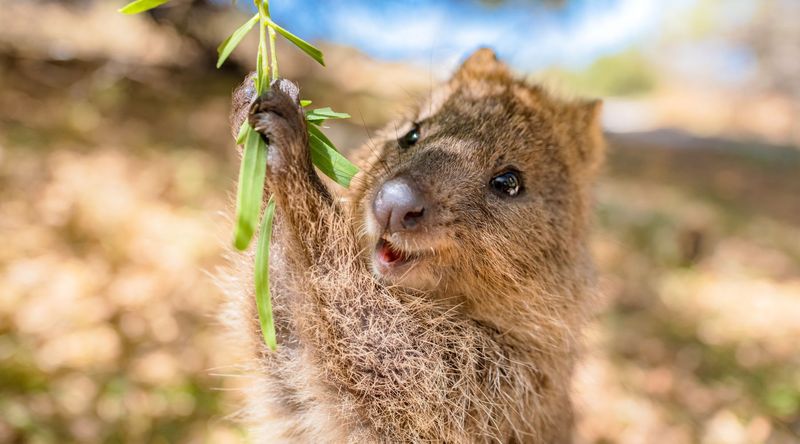
Quokkas have developed various adaptations that enhance their survival in the wild. One notable adaptation is their ability to camouflage within their environment. Their fur blends seamlessly with the surrounding vegetation, providing effective concealment from predators.
In addition to camouflage, quokkas have strong hind legs that enable them to hop swiftly away from potential threats. This agility is a vital survival skill, allowing them to escape danger quickly.
Their nocturnal habits also contribute to their survival strategy. By being more active during the night, quokkas avoid many of the daytime predators. These adaptations collectively ensure that quokkas can thrive in their natural habitat, demonstrating the resilience and ingenuity of these remarkable animals.
7. Threats to Quokka Populations
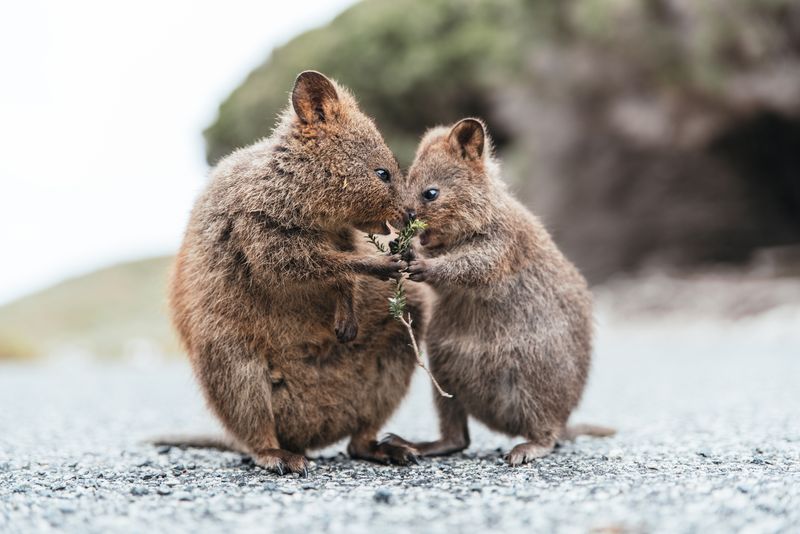
Despite their popularity, quokkas face several threats that endanger their populations. Habitat loss due to urban development and land clearing poses significant challenges to their survival. As their natural habitats diminish, quokkas are forced into smaller areas, leading to increased competition for resources.
Predation by introduced species, such as foxes and feral cats, also contributes to the decline in quokka populations. These predators pose a substantial risk, particularly to young quokkas, and disrupt the balance of their ecosystems.
Conservation efforts are crucial in addressing these threats. Protecting quokka habitats and controlling predator populations are essential steps in ensuring their long-term survival. By raising awareness and supporting conservation initiatives, we can help safeguard the future of these delightful creatures, allowing them to continue thriving in their natural environments.

